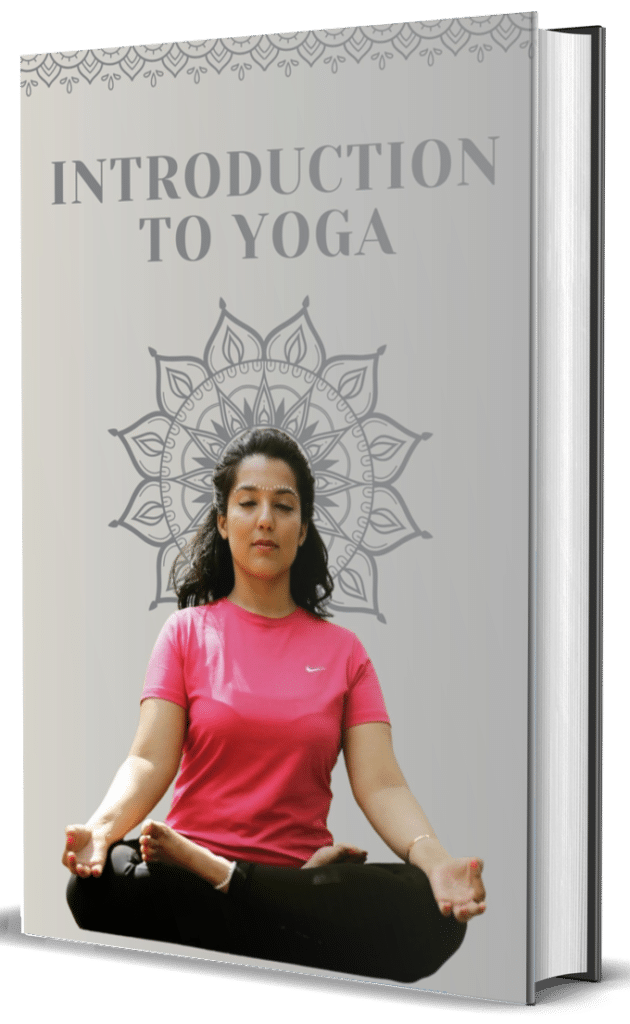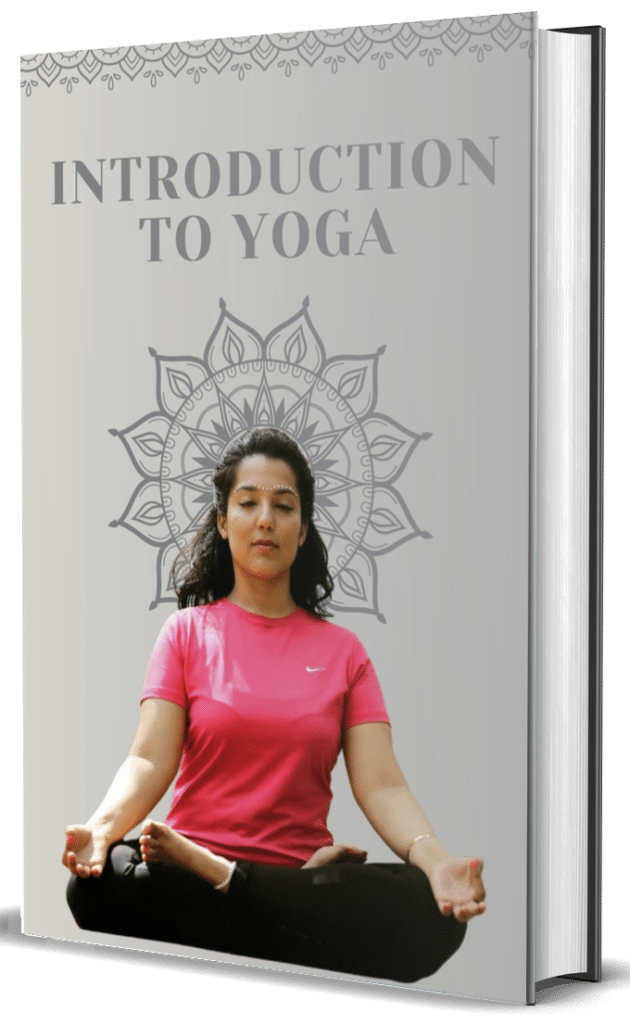Matsyasana, commonly known as Fish Pose, is a heart-opening backbend in hatha yoga that counteracts the effects of prolonged sitting and hunching. The name derives from the Sanskrit words “matsya” meaning fish and “asana” meaning pose, as the practitioner’s body resembles a fish arching through water.
In the classical form of Matsyasana, the practitioner lies on their back, lifts the chest while arching the upper spine, and rests the crown of the head on the floor. The legs remain extended and active while the arms may be positioned under the body for support or extended overhead for a deeper stretch. The pose creates a profound opening across the chest, shoulders, and throat.
Physiologically, Matsyasana stretches the intercostal muscles between the ribs, potentially increasing lung capacity and respiratory function. The gentle compression of the thyroid gland may help regulate metabolism. The pose also strengthens the upper back muscles, stretches the hip flexors, and improves spinal flexibility.
From an energetic perspective, Matsyasana stimulates the throat (Vishuddha) and heart (Anahata) chakras, encouraging self-expression, compassion, and emotional release. Many practitioners report feelings of openness and vulnerability when practicing this pose regularly.
Several variations of Matsyasana exist to accommodate different body types and experience levels. Supported versions using props like blocks or bolsters under the upper back make the pose more accessible. Advanced practitioners might incorporate leg variations like Padmasana (Lotus Pose) into Matsyasana for a more intense hip opener.
Fish Pose is typically practiced near the end of a yoga sequence, often as a counterpose to Sarvangasana (Shoulder Stand) or Halasana (Plow Pose). Those with neck injuries, severe hypertension, or migraine conditions should practice modified versions or avoid the pose altogether.



